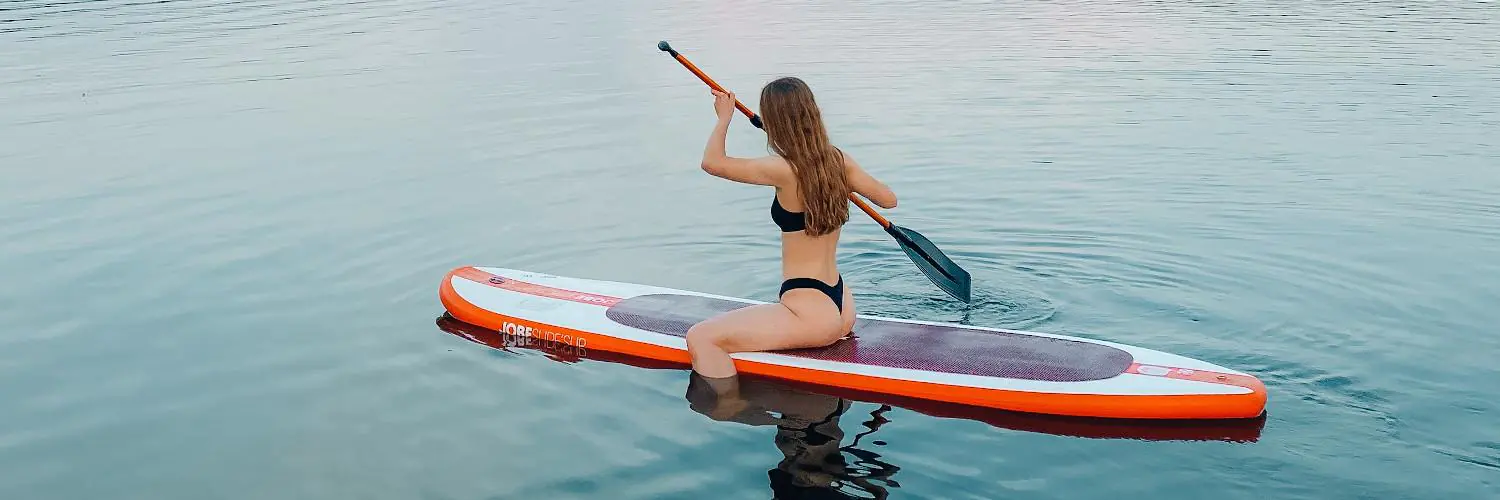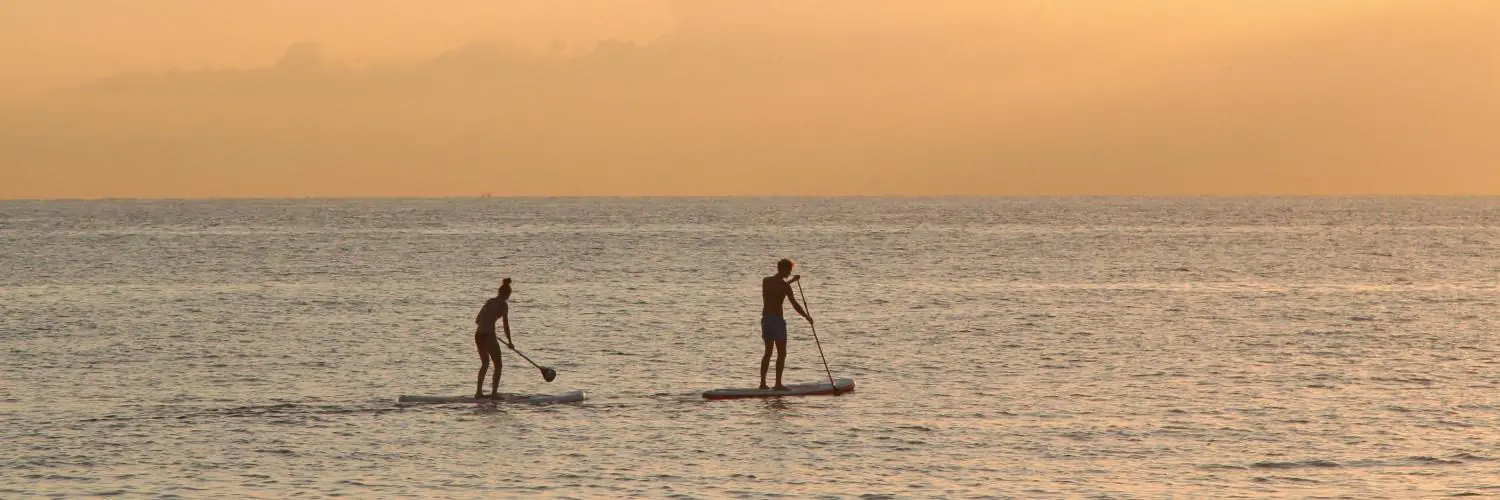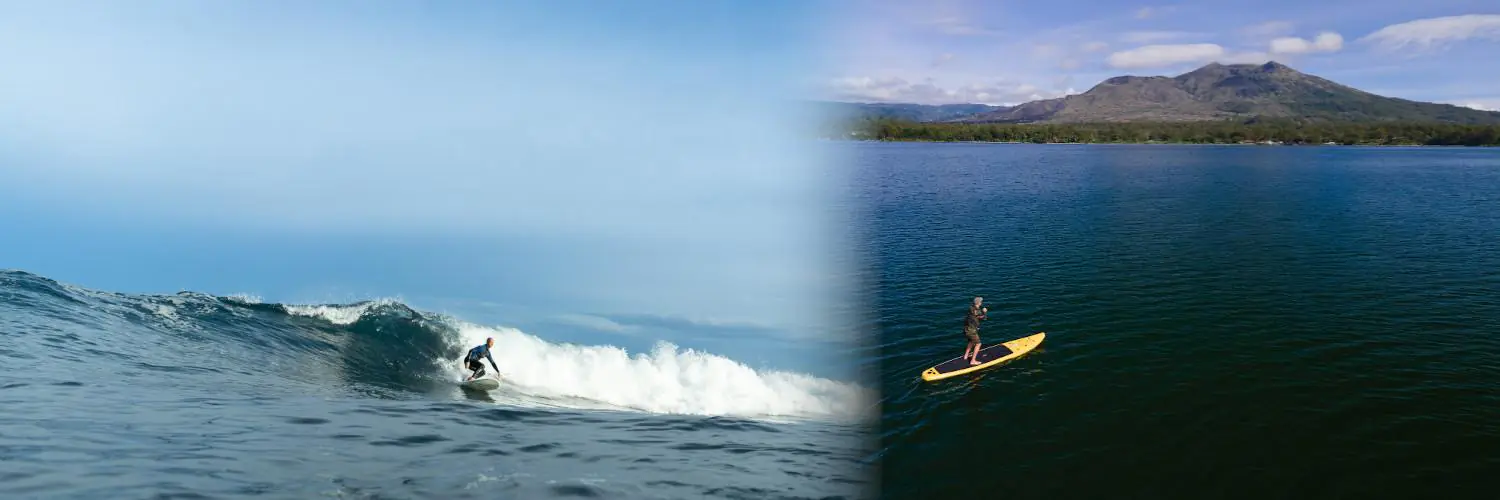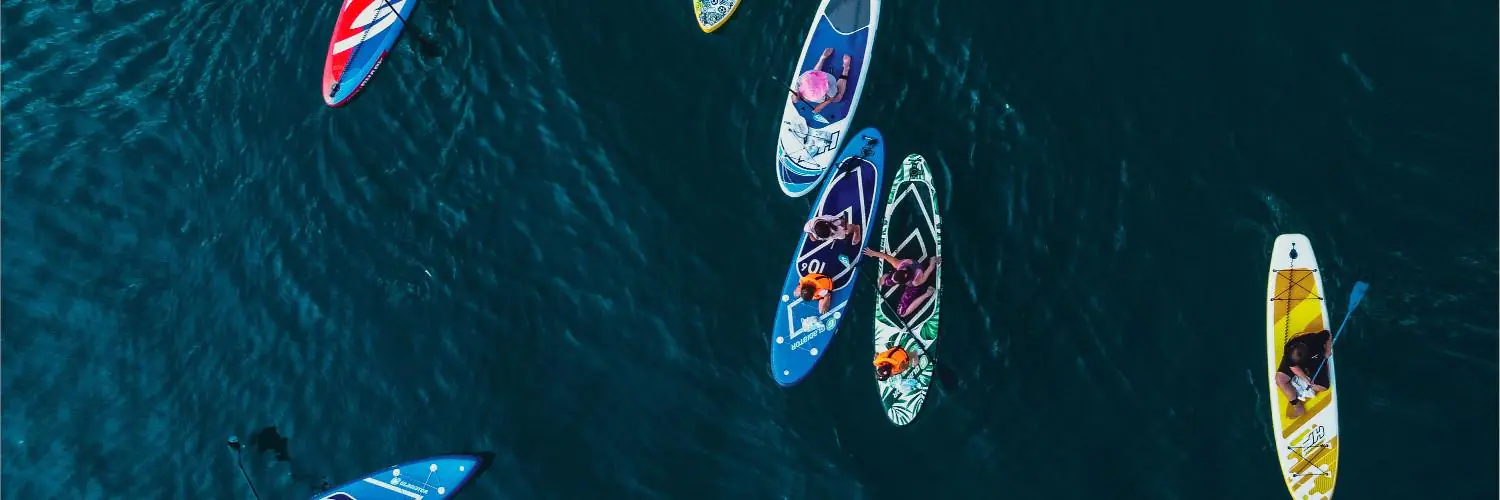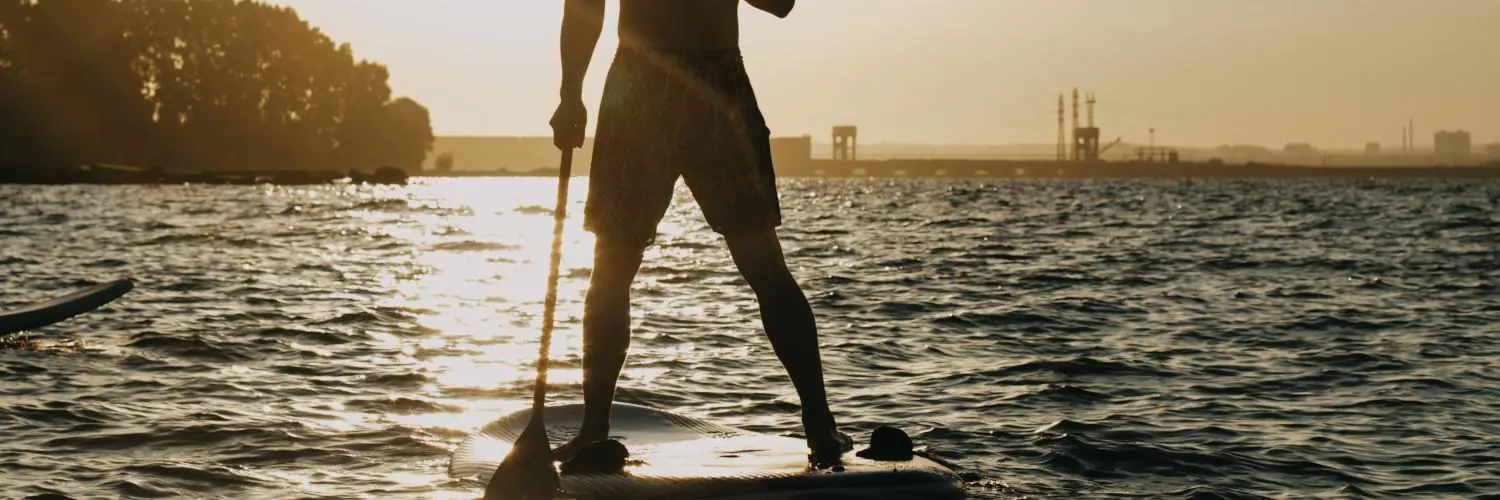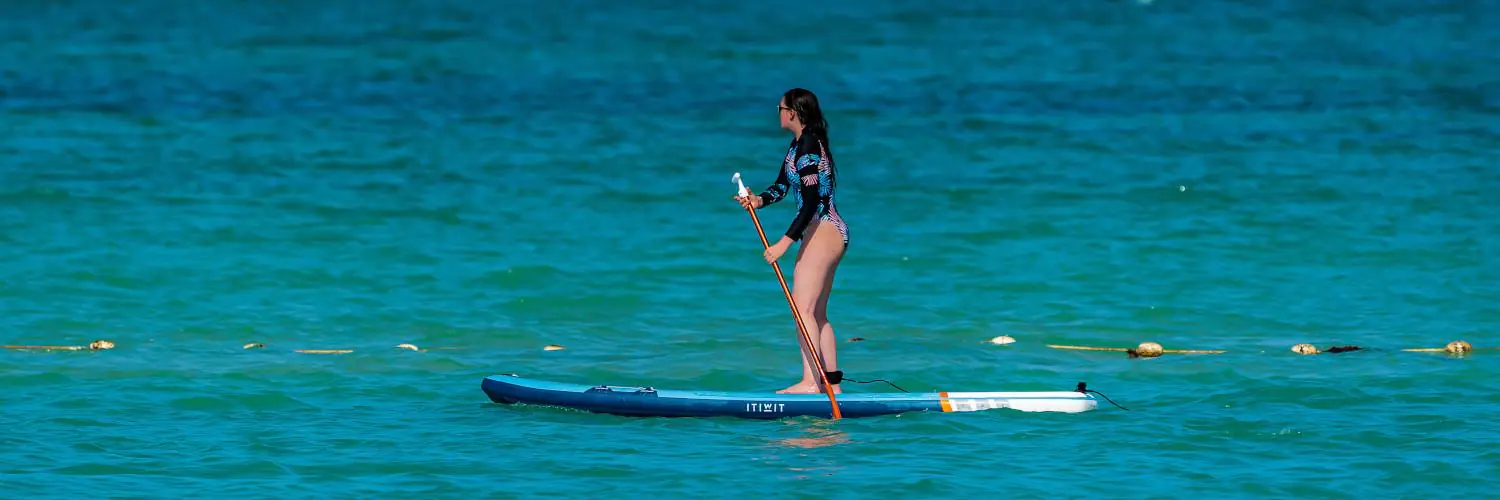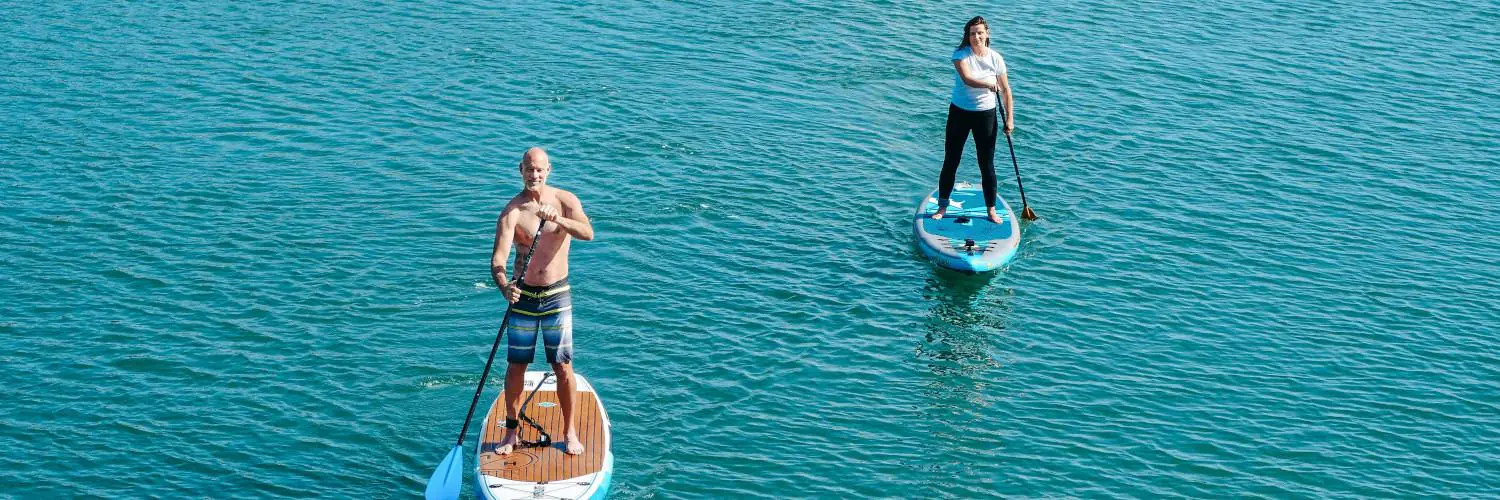Stand up paddle boarding is both a fun and a full body workout at the same time. As you stand on the board with full height, it provides you a unique vantage point for seeing what’s under the water. It is always nice to know how to paddleboard before going into the water. The following aspects should be looked upon to get started:
Table of Contents
What to bring for SUP?
You will need your paddleboard, gear, and a couple of other essentials. The choice of board depends upon paddler weight and skill, the intended use, and local conditions. Different boards serve different purposes, such as recreational paddling, surfing, touring, racing, and SUP yoga. A personal flotation device such as a life jacket should be kept along as well. A safety whistle to warn other boaters and a light must be kept with you in case you are paddling during the night.
Basic techniques for SUP boarding:
The three important steps to learn while starting are:
How to stand up on the board
- Stand alongside the board in about knee-deep water. Make sure the fins of the board don’t hit the bottom.
- Keep a tight hold on the edges of the board and make your way onto the board in a kneeling position and try to locate the center of the board by trying to find the carry handle.
- Keep your hands on the sides of the board for the purpose of stabilizing it and move one foot at a time and try to place your feet where your knees were previously.
- Don’t stand up immediately in one motion. Start by raising your chest up and keep your knees bent. Extend your legs to stand up, once your chest is vertical.
How to maintain your balance
After standing, the next important thing is balancing yourself by following these instructions:
- Position your feet parallel to each other at about hip-width distance apart. The feet should be centered between the edges of the board.
- Keep your back straight, toes pointed forward, and knees slightly bent at an angle.
- Head and shoulders must be kept steady & upright and try to shift your weight by shifting your hips.
- Try to look straight and avoid looking at your feet.
How to hold the paddle
The blade should angle forward from the shaft, toward the board’s nose. If you are paddling towards the right side of the board, your left hand should be on the T-grip and your right hand to be kept a few feet down the shaft. When you try to paddle on the left, simply reverse your hand positions.
How to avoid falling off and getting back on
Balance is the key to avoid falling into the water. Despite all your best efforts, you are going to fall at some point. No need to worry if you wobble in the midway. In case you fall in the water, here’s what you should do to get back on the board:
- Keep yourself to the side so that you fall into the water and not onto the board as it could cause an injury.
- Try to hang on to your paddle, if you get separated, retrieve your board first and get back on. After that, paddle with your hands to get to the paddle.
- Position yourself next to the board and near its center.
- Keep your legs in an upward position and kick them while pulling on the handle to slide yourself onto the board.
How to get the stand up paddle board moving
The basic stroke which gets you moving forward is a forward stroke. For this, plant the paddle in the water by moving it about two feet forward from the center and push the blade all the way under the surface. Move the paddle back through the water, then out of water. You should keep your arms straight and twist from your torso as you paddle. It is always helpful to think of pulling the board past the paddle rather than pulling through the water. For moving straight, you should keep the paddle as vertical as possible.
If you want to turn or stop, the reverse stroke is your solution. Plant the paddle near the tail of your board and make sure your blade is under the water. The reverse stroke on the right side of your board will cause it to turn right and vice versa.
Now get out on the water and have fun!

